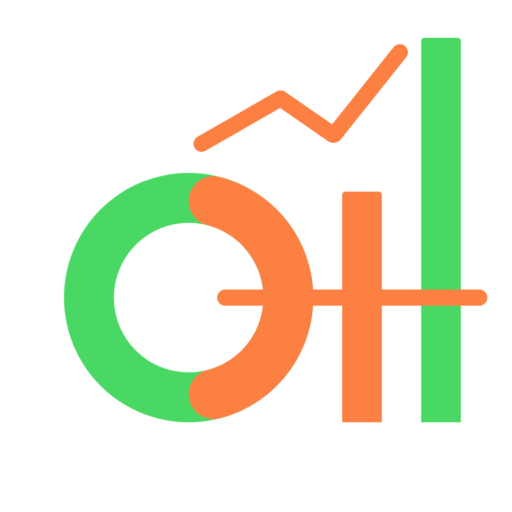Value Investing
If you’re looking at equities, NSE leads, but BSE offers niche opportunities. For commodities, MCX is the top choice, while NeML is revolutionizing rural markets with digital solutions.


Cryptocurrencies have become a significant part of the investment landscape. Among the many options available, Nano, Chainlink, Avalanche, Tron, Dogecoin, Cardano, Ethereum, and Bitcoin stand out. This article compares these eight cryptocurrencies focusing on their returns over the last few years, associated risks, and identifying the one with the least risk and highest return.
Returns: Bitcoin has been the highest-performing cryptocurrency in terms of market capitalization. From 2019 to 2023, Bitcoin saw its value rise from around $3,000 to over $60,000, with substantial fluctuations along the way.
Risks:
Returns: Ethereum introduced smart contracts, revolutionizing the blockchain space. From 2019 to 2023, Ethereum’s price surged from about $100 to over $4,000, driven by its use in DeFi and NFTs.
Risks:
Returns: Cardano is known for its research-driven approach. From 2019 to 2023, Cardano’s price rose from approximately $0.04 to around $3 at its peak, reflecting its growing adoption and development milestones.
Risks:
Returns: Dogecoin started as a meme but has generated significant returns. From 2019 to 2023, its price soared from less than $0.01 to around $0.70 at its peak, largely driven by community support and endorsements.
Risks:
Returns: Tron aims to decentralize the web and has gained popularity for its high throughput and low transaction fees. From 2019 to 2023, Tron’s price increased from about $0.01 to over $0.15 at its peak.
Risks:
Returns: Avalanche offers high scalability and fast transaction speeds. From its launch in 2020 to 2023, Avalanche’s price increased from around $4 to over $120, reflecting strong technical capabilities and ecosystem growth.
Risks:
Returns: Chainlink provides secure and reliable oracles for smart contracts. From 2019 to 2023, Chainlink’s price rose from approximately $0.30 to over $50, driven by its crucial role in the DeFi ecosystem.
Risks:
Returns: Nano is designed for fast, fee-less transactions. From 2019 to 2023, Nano’s price saw growth from around $0.90 to over $7 at its peak, showcasing its potential for high returns.
Risks:
Each cryptocurrency offers unique potential returns and carries specific risks. Bitcoin and Ethereum remain the stalwarts of the market, while Cardano and Avalanche provide innovative alternatives. Dogecoin’s meme culture brings high volatility, and Tron and Chainlink offer specialized use cases in decentralized applications and oracle services, respectively. Nano stands out with its focus on quick, feeless transactions but has limited use cases.
Least Risk and Highest Return: Among the compared cryptocurrencies, Ethereum (ETH) presents a balance of high returns due to its broad use in DeFi and NFTs and moderate risks given its ongoing upgrades and robust ecosystem development.
If you’re looking at equities, NSE leads, but BSE offers niche opportunities. For commodities, MCX is the top choice, while NeML is revolutionizing rural markets with digital solutions.
Mastek, Persistent Systems, KPIT, and Mphasis cater to different IT segments. KPIT leads in automotive software (high growth, expensive valuation). Persistent is strong in digital transformation, Mphasis in BFSI, and Mastek in cloud ERP (UK-focused). Persistent offers a balance of growth and valuation, while KPIT has industry tailwinds.
Kaveri Seeds, UPL, Bayer CropScience, and Rasi Seeds are key players in India’s agribusiness sector. Kaveri and Rasi dominate hybrid seeds, while UPL leads agrochemicals. Bayer excels in biotech but faces regulatory hurdles. UPL offers high growth but carries debt, while Kaveri and Bayer provide stable investment potential.